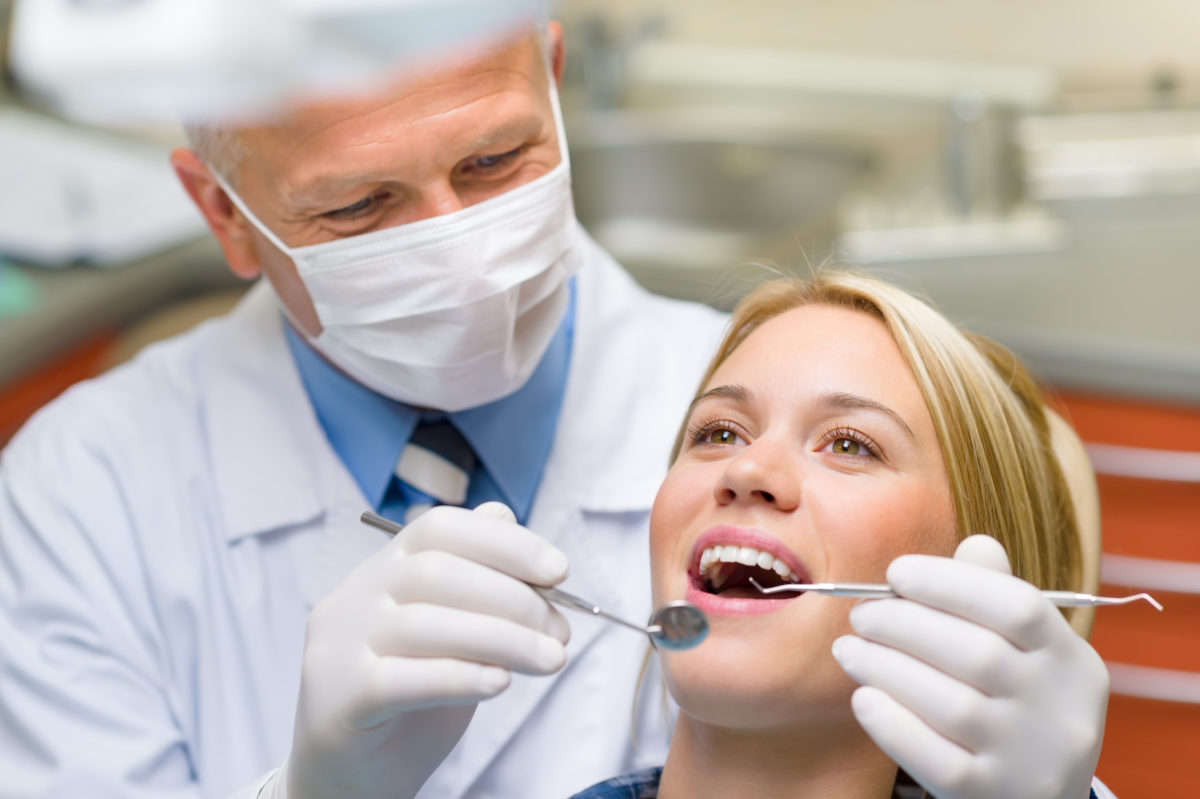Not known Facts About Legacy Orthodontics
Not known Facts About Legacy Orthodontics
Blog Article
The 8-Second Trick For Legacy Orthodontics
Table of ContentsThe Definitive Guide for Legacy OrthodonticsLegacy Orthodontics - An OverviewLegacy Orthodontics for BeginnersLittle Known Questions About Legacy Orthodontics.A Biased View of Legacy Orthodontics
At Advanced Orthodontics, we offer people with a alternative therapy experience. In enhancement, we offer adjustable therapy timetables, adaptable payment options and an enjoyable, delightful experience. clear braces. Call ( 480) 357-4900 today to learn more and timetable a consultation.An orthodontist is a dental practitioner educated to identify, prevent, and treat teeth and jaw abnormalities. They deal with existing problems and are trained to recognize problems that may develop in the future. Orthodontists function with individuals of all ages, from youngsters to adults. People usually connect an ideal smile with healthiness.
Malocclusion, or misaligned teeth, can result in dental issues, including dental caries, gum condition, and challenging or uncomfortable eating. Yet not everyone is born with straight teeth. If you have a negative bite or big spaces between your teeth, you might want to seek advice from a dental professional specializing in orthodontic care.
Legacy Orthodontics Things To Know Before You Buy
( Image Credit Report: DigitalVision/Getty Images) Orthodontists use fixed and removable dental gadgets, like braces, retainers, and bands, to change the position of teeth in your mouth. Orthodontic therapy is for dental irregularities, consisting of: Misaligned teethBite problems, like an overbite or an underbiteCrowded teeth or teeth that are too far apartJaw misalignmentThe goal of orthodontic therapy is to improve your bite.
While you could assume of orthodontists as mostly for youngsters or young adults who need braces, they can deal with oral troubles at any age. Orthodontists participate in university, oral school, and orthodontic institution.
, but not all dental experts are orthodontists. They concentrate on two locations: How to effectively and safely relocate teeth Just how to effectively guide advancement in the teeth, jaw, and faceOnce an orthodontist has actually completed training, they have the alternative to become board certified.
Legacy Orthodontics Things To Know Before You Get This
Imbalance, or malocclusion, is one of the most usual factor individuals see an orthodontist. It is genetic and is the outcome of dimension differences in between the upper and reduced jaw or between the jaw and teeth. Malocclusion results in tooth overcrowding, a misshapen jaw, or irregular bite patterns. Malocclusion is generally treated with: Your orthodontist attaches steel, ceramic, or plastic square bonds to your teeth.
If you have just minor malocclusion, you may be able to use clear braces, called aligners, rather of traditional dental braces (https://linktr.ee/brianmccune20176). Some individuals need a headgear to help move teeth into line with pressure from outside the mouth. After braces or aligners, you'll need to put on a retainer. A retainer is a custom-made gadget that maintains your teeth in position.
They're usually utilized on kids. They can develop additional area in the mouth without needing to draw teeth. If you have a severe underbite or overbite, you might require orthognathic surgical treatment (likewise called orthodontic surgical procedure) to lengthen or reduce your jaw. Orthodontists use cords, surgical screws, or plates to sustain your jaw bone.
You may require to see an orthodontist if you have: Crowding or not adequate room for every one of your teethOverbite, when your upper teeth come by your bottom teethUnderbite, when your bottom teeth are also much forwardSpacing or concerns with gapsCrossbite, which is when your top teeth fit behind your base teeth when your mouth is closedOpen bite or a vertical space between your front bottom and upper teethMisplaced midline, when the center of your base and top teeth do not line up Remedying an oral malocclusion can: Make attacking, eating, and speaking easierImprove the symmetry of our face and your total appearanceEase discomfort from temporomandibular joint problemsSeparate your teeth and make them easier to clean up, assisting stop tooth degeneration or tooth cavities It's often a dental expert who first notices misaligned teeth throughout a regular examination.
3 Easy Facts About Legacy Orthodontics Shown

Throughout your first orthodontic appointment, you'll likely have: A dental examPhotos taken of your face and smileDental X-raysPanoramic (360 degree) X-rays of your face and headImpressions to create mold and mildews of your teethThese examinations will certainly assist your orthodontist recognize exactly how to proceed with your therapy. leesburg braces. An orthodontist is a dental practitioner that's had training to treat your teeth and jaw
Orthodontists may perform surgical treatment, exams,X-rays,and even more to aid you achieve a much more comfy, healthier smile. An orthodontist is concentrated on your bite, so something like a chipped tooth would certainly be taken care of by a dentist. Orthodontists are dental experts but not all dentists are orthodontists. Orthodontists are concentrated on your bite, or the means your teeth meshed, and the straightness of your teeth.
Ever before wondered how celebs always appear to have flawlessly lined up teeth? The response commonly hinges on the knowledgeable hands of an orthodontist. However what precisely does an orthodontist do? Orthodontists are oral professionals that concentrate on remedying abnormalities in the teeth and jaws. Their competence surpasses simply creating an attractive smile; it includes enhancing your general dental wellness and feature.
The Ultimate Guide To Legacy Orthodontics

, orthodontists have a varied toolkit at their disposal. These reliable braces make use of a system of braces bonded to the teeth and connected by wires.
Clear aligners, like Invisalign, are a popular alternative for individuals looking for a much more discreet treatment option. These detachable trays are tailor-made to progressively change the teeth's setting. Headgear may be utilized in conjunction with dental braces or aligners to use added targeted pressures, specifically for dealing with jaw inconsistencies. In situations of slim jaws, palatal expanders can be used to develop area for proper tooth positioning.
Report this page